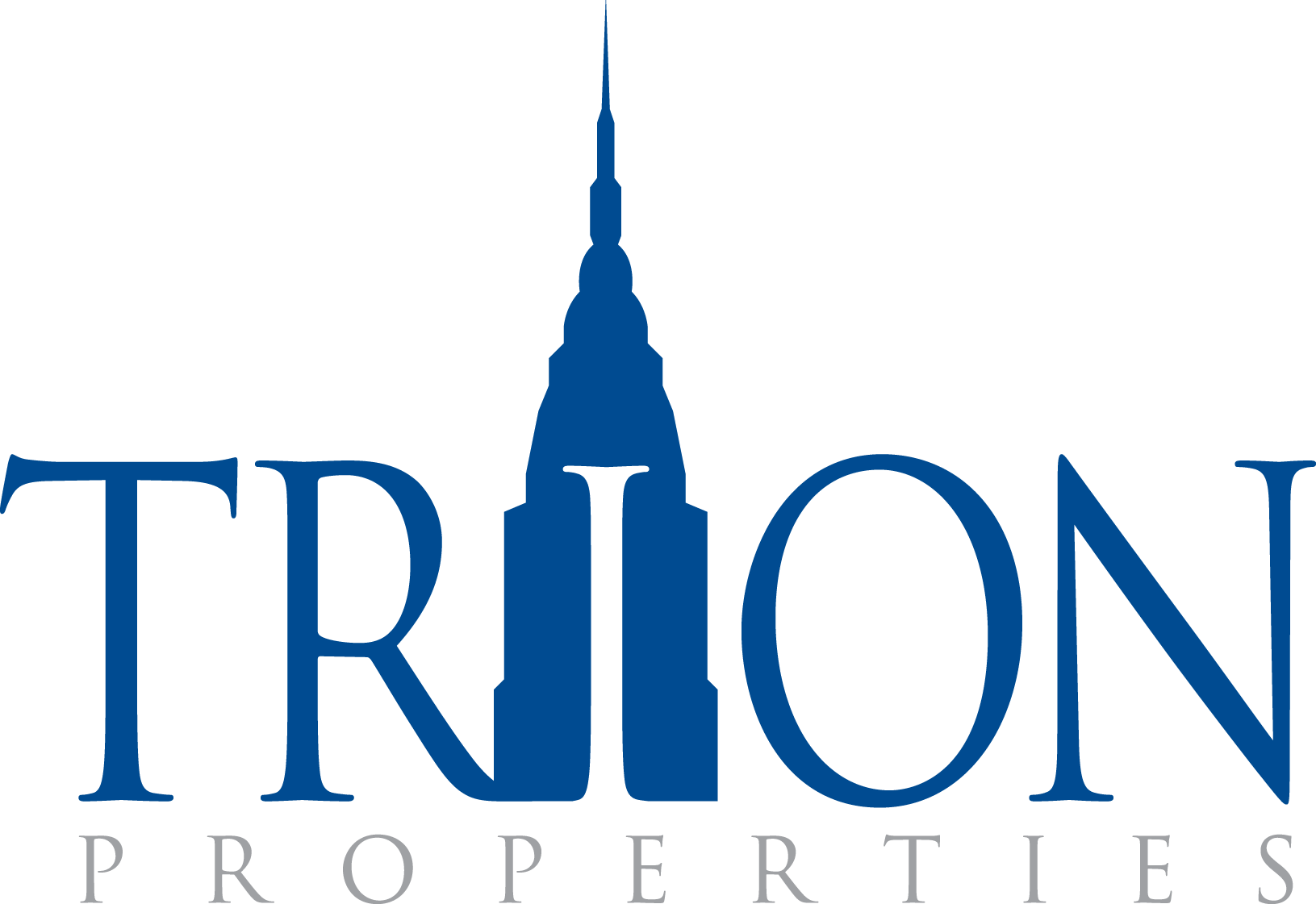WORRIED ABOUT INFLATION? CONSIDER MULTIFAMILY REAL ESTATE AS A HEDGEby Max SharkanskyManaging Partner at Trion Properties
There’s no denying it: Inflation is consistently trending higher...The core personal consumption expenditures (PCE) price index, the Federal Reserve’s favored inflation gauge, rose 5.2% from a year ago in January—the highest jump since April 1983. Including food and energy prices, headline PCE climbed 6.1%. It’s worth noting that these elevated readings were observed before Ukraine-Russia tensions pushed up oil prices. Looking ahead, most Fed officials see core inflation ending the year at 4.1% if the Fed funds rate is raised to 1.9%. Inflation poses a problem for the performance of stocks and bondsWe certainly feel the sting of inflation in our daily lives—and, unfortunately, inflation also creates problems from an investment perspective. “High and rising inflation can be kryptonite for traditional asset classes,” Phil Huber, chief investment officer of Savant Wealth Management, tells Barron’s.
Multifamily real estate is positioned for resilience in an inflationary environmentMuch of this resilience stems from a central characteristic of multifamily real estate: Dynamic cash flows. Leases for multifamily properties usually have terms of just one year, often with monthly lease extensions after the first year. As such, asset owners can quickly adjust rents to compensate for inflation. Real estate in general receives accolades as an inflation hedge—but multifamily stands apart from other commercial property types, many of which customarily have longer lease terms, limiting the landlord’s ability to keep up with inflation. Researchers at the University of Pennsylvania examined the inflation-protecting characteristics of real estate investments by studying the “success rate” of publicly traded equity REITs, that is, the relative frequency with which returns equaled or exceeded inflation during the 199 semesters of high inflation in the sample. [1] “Different property types provide different levels of inflation protection, depending on the extent to which rents adjust to inflation. The property types expected to provide the strongest inflation protection are the ones characterized by short-duration leases, or by rents linked to revenues. Empirical data generally support these expectations, with self-storage, residential properties, and shopping centers having a success ratio from the mid-70% to the low-80% range in high-inflation semesters, higher than the industry average (71%).” Considering the fundamentalsWhen thinking about raising rents to keep up with inflation, it’s important to understand that the economic environment plays a key role. If a particular multifamily market is oversaturated and/or struggling with weak fundamentals, then property owners are more limited in their ability to pass along inflationary price hikes. If, for example, job growth is slow and vacancy rates are high, property owners will find it harder to push through rent increases. How does the current environment measure up? Although there are potential challenges on the horizon, the economy is mostly stable and the outlook calls for continued growth. Vacancy rates are near cyclical lows, renters are actively leasing apartments, supply is tight and operators are implementing healthy rent increases. Robust demand is being driven by several factors, including would-be buyers being priced out of the market for single-family homes, healthy labor dynamics, and a rebound in household formation. In fact, the fundamentals for multifamily may be the best we have seen over the multi-decade span of our careers. Rent growth in 2021 handily outpaced inflation: The national rate of rent growth topped 10%, with several markets posting gains ranging from 15% to 25%.[2] Looking ahead, growth assumptions for 2022 range from 3% to 4%—our preferred assumption—to aggressive assumptions of 7% to 8%. |
|
Trion Properties’ approach
While healthy fundamentals provide support to the multifamily asset class as a whole, we believe our approach positions us particularly well to not only navigate an inflationary environment but thrive in it. Key elements of our disciplined strategy enable us to generate strong NOI and ultimately deliver compelling total returns for our investors: Careful portfolio design – We are focused on strategic deals in the best submarkets where uniquely strong demand is fueling long-term rent growth. These areas—such as Fayetteville, North Carolina, and Orlando, Florida—offer high quality of life, abundant recreation activities, and accessibility to major employers. Many also benefit from relatively affordability and business-friendly policies which draw employers to the area and encourage household migration. Controlling expenses – In an inflationary environment, construction materials and labor costs rise, which can make value-add renovation projects more expensive. This is a dynamic we are prepared to manage. First, rising input costs make new development projects more expensive, which constrains the new supply pipeline and works in our favor by giving more room for existing assets to grow rents and appreciate in value. Second, the rent growth we are able to capture on renovated units provides a cushion for rehab expenses. Third, by vertically integrating our operations and continually pursuing operational improvements, we are positioned to maximize efficiency and keep costs in check. [1] Case, Bradford and Wachter, Susan M., Inflation and Real Estate Investments (November 29, 2011). U of Penn, Inst for Law & Econ Research Paper No. 11-33, https://ssrn.com/abstract=1966058 [2] Northmarq, National Multifamily 2022 Outlook, https://www.northmarq.com/wp-content/uploads/2022/01/National-Multifamily-Outlook-2022_NM-1.pdf |

